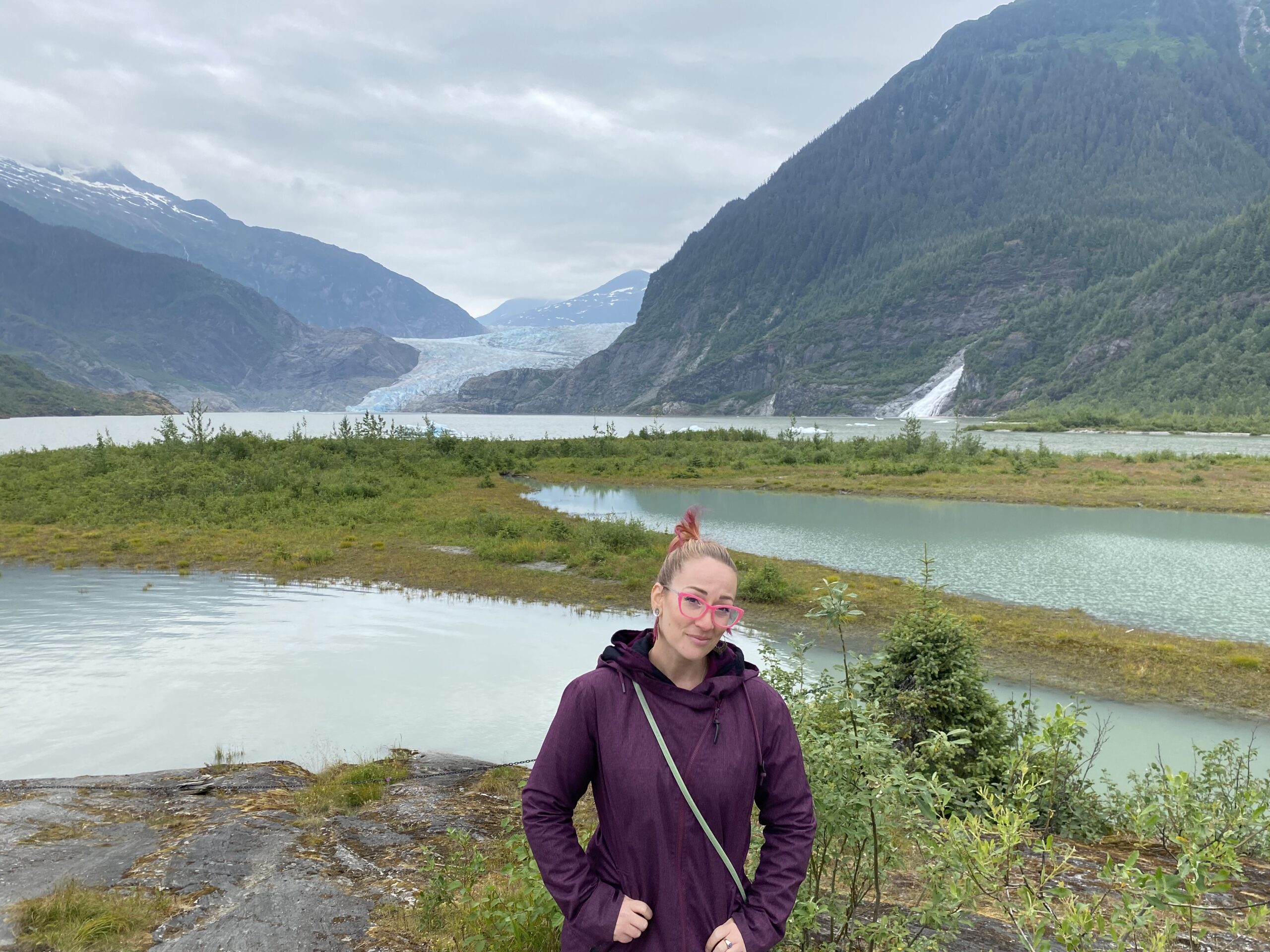The expression repeated by the creator of Osteopathy, Dr. Andrew Still, highlights the most essential knowledge to manipulate the body to treat conditions such as pain. “Osteopathy is Anatomy, Anatomy and Anatomy.”
At the end of the 19th century, medicine went through an effervescent period of experimentation that laid the foundations for modern treatment. Dr. Andrew Still was a doctor dissatisfied with the approach to medicine of the era.
An attentive observer of the human body and nature, Dr. Still realized that the manipulation of specific areas of the body led to pain relief. He eventually organized his knowledge and created the bases of osteopathy, which, by interpretation, means ‘manifestation of structure’ (from Greek osteon + pathos).
Dr. Still based his perception on the understanding that the body is a unique structure formed by moving parts. He concluded that when these parts are misaligned, problems arise. Osteopathic Manual Therapy focuses on the release tension around the body through manipulation.
Osteopathic Manual Therapy offers resources for many painful conditions, but the success of treatment depends on more than the manipulative therapy. Folks need to make appropriate changes to their habits and routines.
We think of pain as an alert system in the body, drawing attention to something wrong. There is little point in repeatedly manipulating the body if the cause of the pain is not addressed. This is why Ostepathic Manual Practitioners are concerned about the history of the patient’s routine, their general health history, and what types of stressors are in their lives.
While our intimate knowledge of anatomy informs the manipulation, Osteopathic Manual Practitioners know that overall health involves body and mind. We seek to understand your daily habits, your stress levels, and how this affects your overall health. In this way, we stay true to Dr. Still’s adage about anatomy, but also the modern understanding of pain and human health.




